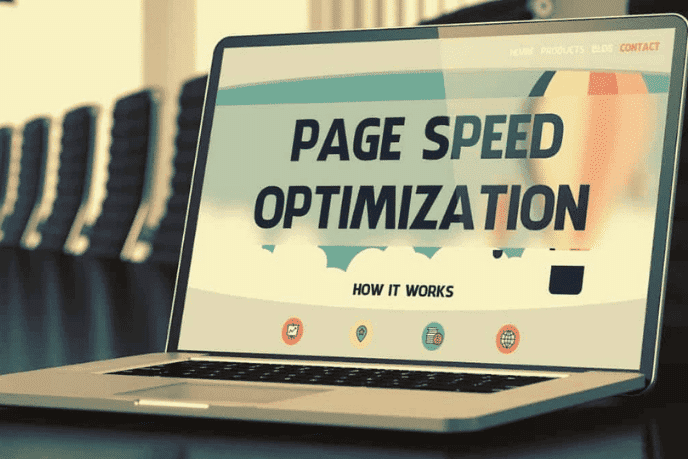
Optimizing Website Loading Speed: Latest Techniques
In today’s fast-paced digital landscape, website loading speed has become a critical factor in determining the success of an online presence. Slow-loading websites not only frustrate users but also negatively impact search engine rankings, conversion rates, and overall user engagement. To ensure your website delivers a seamless and efficient experience, it’s essential to implement effective strategies to optimize loading speed. In this comprehensive guide, we’ll explore various techniques to help you speed up your website and keep your visitors engaged.
Importance of Website Loading Speed
Before delving into the strategies, it’s crucial to understand why website loading speed matters. Numerous studies have shown that users expect websites to load quickly, with a majority of them abandoning a page if it takes more than a few seconds to load. Additionally, search engines like Google prioritize fast-loading websites in their rankings, making it essential for to optimize Digital Marketing Services Mississauga their websites for speed.
Optimizing Images and Media
One of the most effective ways to improve website loading speed is by optimizing images and media files. Oversized and unoptimized images can greatly hinder a website’s loading speed. To combat this issue, follow these best practices:
- Use appropriate image formats: Choose the right image format for your needs, such as JPEG for photographs and PNG for images with transparent backgrounds
- Compress images: Utilize image compression tools to reduce the file size without compromising quality.
- Implement lazy loading: Lazy loading defers the loading of images until they are needed, reducing the initial load time.
- Use content delivery networks (CDNs): CDNs cache your website’s static assets, including images and media files, on servers around the world, reducing the distance between the user and the server serving the content.
Minifying and Combining Files
Minifying and combining files is another effective strategy to optimize website loading speed. By removing unnecessary spaces, comments, and formatting from your website’s code, you can reduce file size and improve loading times. Additionally, combining multiple CSS and JavaScript files into a single file can reduce the number of HTTP requests, further enhancing loading speed.
Leveraging Browser Caching
Browser caching allows users to store certain website resources, such as images, CSS, and JavaScript files, on their local devices. When a user revisits the website, the browser can retrieve these cached files instead of requesting them from the server, significantly reducing loading times. To enable browser caching, you can set appropriate cache-control headers or use server-side configurations.
Reducing Server Response Time
Server response time refers to the duration it takes for a server to reply to a user’s request. To optimize server response time, consider the following strategies:
- Choose a reliable and fast web hosting provider: Select a hosting plan that offers adequate resources and a fast server response time.
- Optimize database queries: If your website uses a database, ensure that database queries are optimized to minimize the time required to retrieve data.
- Use a content delivery network (CDN): As mentioned earlier, CDNs can help reduce server response time by serving static assets from servers closer to the user’s location.
Enabling Gzip Compression
Gzip compression is a technique that reduces the size of website resources, such as HTML, CSS, and JavaScript files, before they are sent to the user’s browser. By reducing file size, Gzip compression can significantly improve website loading speed, especially for users with slower internet connections. Most web servers support Gzip compression, and it can be easily enabled through server configurations.
Minimizing Redirects
Redirects occur when a user is sent from one URL to another. While redirects are sometimes necessary, they can add extra time to the loading process and should be minimized whenever possible. Review your website’s structure and remove any unnecessary redirects to optimize loading speed.
Monitoring and Testing
Regular monitoring and testing are crucial to ensuring that your website’s loading speed remains optimized over time. Use tools like Google PageSpeed Insights, GTmetrix, or Pingdom to regularly test your website’s loading speed and identify areas for improvement. Additionally, monitor your website’s analytics to track user behavior and identify any pages with high bounce rates or low engagement, which may indicate loading speed issues.
Conclusion
In conclusion, optimizing website loading speed is an ongoing process that requires a combination of strategies and best practices. By implementing the techniques discussed in this guide, you can create a fast, efficient, and engaging online experience for your users, ultimately driving increased traffic, conversions, and overall success for your business.
